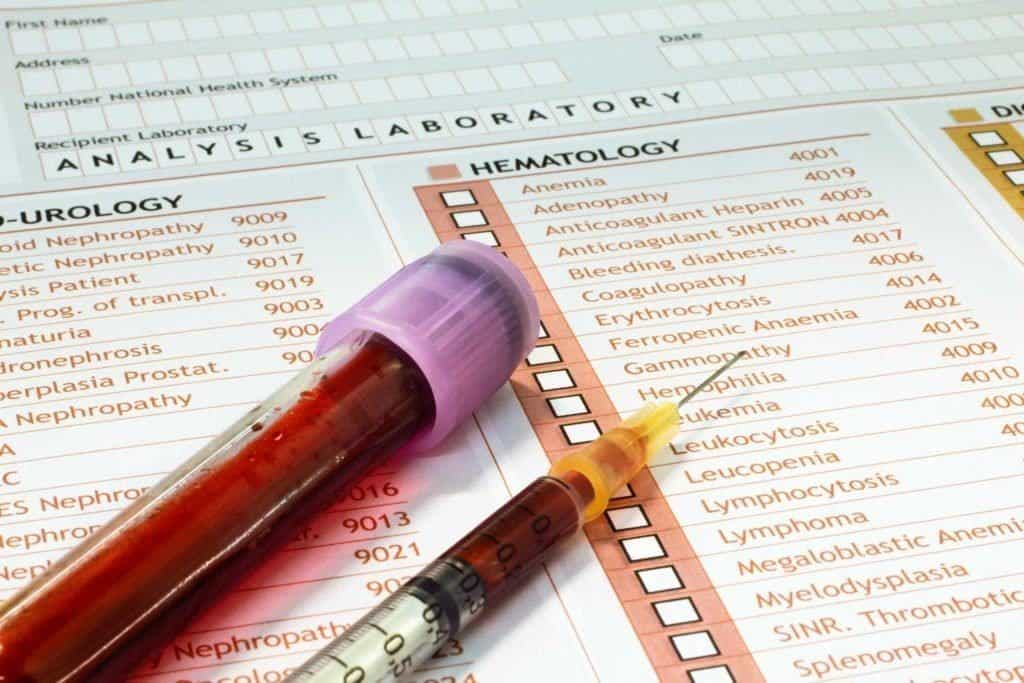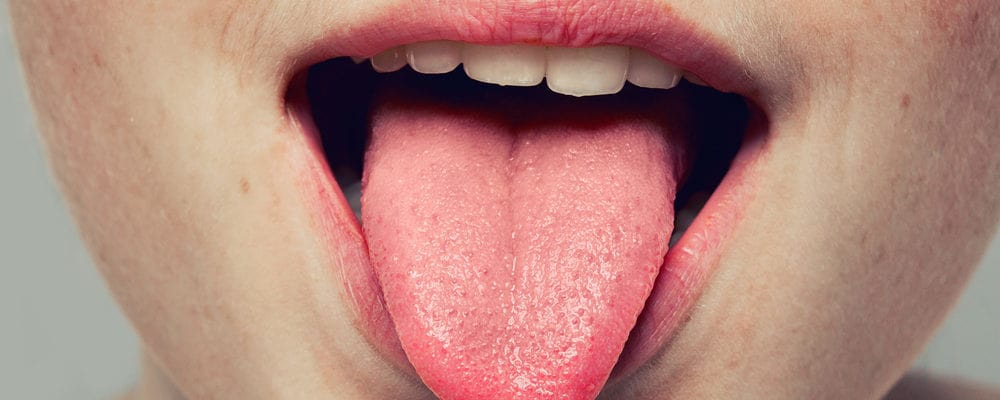Contents:
- Medical Video: Type 1 Diabetes | Nucleus Health
- What are the autoantibodies tests for?
- What will be tested?
- Another thing to know about autoantibody tests
- How to keep diabetes under control
Medical Video: Type 1 Diabetes | Nucleus Health
When you are diagnosed with diabetes, most doctors will immediately take an autoantibody test. This test is used to determine what type of diabetes you have. What do you need to know about autoantibodies?
What are the autoantibodies tests for?
An autoantibody test is a test that is done after you receive a diabetes diagnosis from a doctor. This test aims to help distinguish autoimmune diabetes (type 1 diabetes) from type 2 diabetes. Your doctor recommends this test when:
- You were first diagnosed with diabetes; to help determine whether your diabetes is autoimmune or not
- You are suspected of being allergic to insulin
- Insulin treatment does not work to control diabetes
- Blood sugar levels fluctuate without a clear cause or pattern
What will be tested?
Autoantibodies in diabetes are in the form of proteins produced by the immune system that have been shown to be associated with type 1 diabetes. Tests can detect the presence of one or more autoantibodies in the blood.
Type 1 diabetes is a condition that is characterized when the body lacks insulin. This is caused by an autoimmune process that destroys insulin-producing beta cells in the pancreas. Diabetic autoantibodies describe beta cell damage, loss of beta cell function, and insufficient insulin production included in type 1 diabetes, but this is not the cause of type 1 diabetes.
Type 1 diabetes, also known as juvenile diabetes or insulin-dependent diabetes, was initially characterized by the appearance of beta cell damage. When type 1 autoimmune diabetes is present, one or more of the diabetic autoantibodies will be present in about 95 percent of those affected when the initial diagnosis is made. Whereas in type 2 diabetes, autoantibodies do not usually appear.
The four types of autoantibody tests most commonly used to distinguish type 1 diabetes and diabetes due to other causes are as follows:
1. ICA Test (Islet Cell Cytoplasmic Autoantibodies)
This test is useful for measuring islet cell groups from humans and various islet cell proteins (including beta cells) from animal pancreas. If your antibodies react with animal islet cells, chances are you have type 1 diabetes.
2. GADA Test (Glutamic Decarboxylase Acid Autoantibodies)
This test aims to measure autoantibodies that are intended to fight beta protein cells (antigens) but are specific only to beta cells. This is one of the most common autoantibodies detected in patients newly diagnosed with type 1 diabetes (around 70-80 percent).
3. IA-2A Test (Insulinoma-Associated-2 Autoantibodies)
This test looks for antibodies that are installed against specific enzymes in beta cells. Generally the results of this test are detected in about 60 percent of type 1 diabetes cases.
4. IAA (Insulin Autoantibodies) Test
Apart from attacking beta cells, the immune system in people with type 1 diabetes also targets insulin. This IAA test looks for antibodies that target insulin.
Another thing to know about autoantibody tests
The results of the autoantibody test seen in children are often different from those seen in adults. The IAA test results are usually the first marker of diabetes that appears in children.
Along with the development of the disease, the IAA test for children may be missing or rarely found in the body. Then the ICA, GADA and IA-2A tests become more important in the future in the diabetes test.
IA-2A tests generally have less positive results at the start of type 1 diabetes than GADA or ICA tests. While about 50 percent of children affected by type 1 diabetes will show positive IAA. IAA tests are also rarely performed in adults.
How to keep diabetes under control
After taking a diabetes test, people with diabetes generally have to use certain drugs, including additional insulin. Apart from using insulin, some people with type 1 diabetes can also use Symlin (pramlintide), an injection drug that can help treat sudden increases in blood glucose levels after eating (postprandial hyperglycemia). Pramlintide works by slowing the rate at which food moves through the stomach, as well as by reducing liver glucose production.
Other drugs for type 1 diabetes include:
- Glucagon to treat low blood glucose caused by insulin therapy
- Medicine for high blood pressure
- Medication for controlling cholesterol
- Aspirin for prevention of heart disease
In addition, people with type 1 diabetes are advised to lead a healthy lifestyle such as:
- Check your blood glucose levels several times every day with a blood sugar test
- Eat with a balanced pattern and limit carbohydrate intake (carbohydrates greatly affect blood glucose levels)
- Regular exercise to reduce blood glucose and increase the body's sensitivity to insulin












